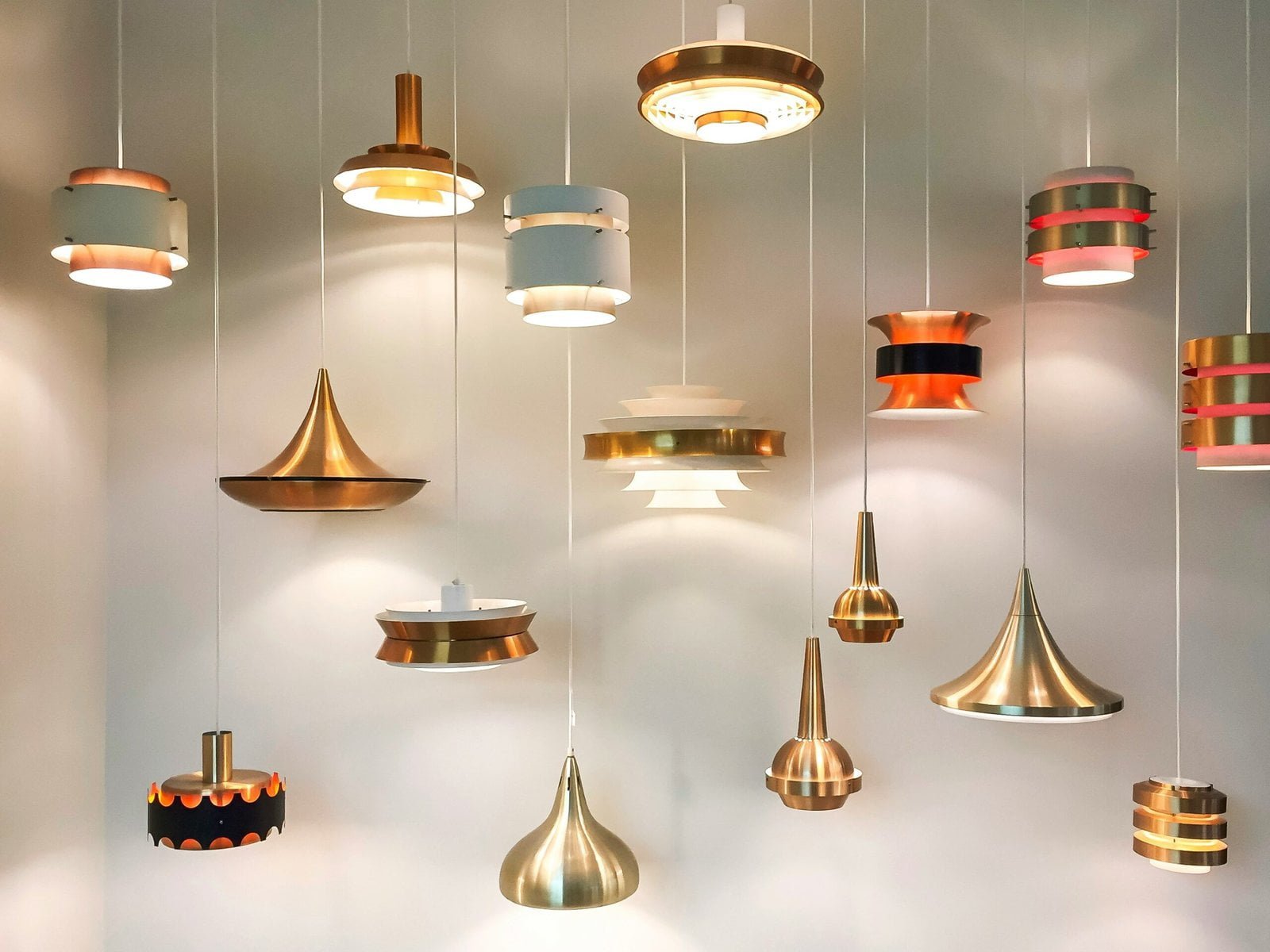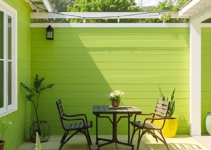Introduction
Welcome to our blog post on how the right indoor lighting can contribute to better health! Many people don’t realize the impact that lighting can have on our overall well-being. From improving sleep quality to boosting mood and productivity, the right lighting choices can make a significant difference in our daily lives. In this article, we will explore the various ways in which indoor lighting can positively affect our health and provide some tips on how to choose the right lighting for your space.

Please, read our post and do not forget to check our YouTube channel “Grig Stamate”:
https://www.youtube.com/@GrigStamate
You will find there, thousands of designing, furnishing, and decorating ideas for your home interior and outdoors.
Allow me to mention one of them:
Trend Alert: OVERSIZED LAMPS, PENDANTS, and LIGHT FIXTURES (video)
The Importance of Natural Light
Before we dive into the specifics of indoor lighting, it’s essential to acknowledge the significance of natural light. Our bodies are naturally attuned to the rhythms of the sun, and exposure to natural light has numerous health benefits.
One of the key benefits of natural light is its ability to regulate our circadian rhythm, also known as our internal body clock. This rhythm plays a crucial role in our sleep-wake cycle, hormone production, and overall well-being. By ensuring that we get enough natural light exposure during the day, we can help regulate our circadian rhythm and promote better sleep at night.
Additionally, natural light has been linked to improved mood and increased vitamin D production. Sunlight triggers the release of serotonin, a hormone that helps boost mood and promote feelings of well-being. Vitamin D, which is synthesized in our skin when exposed to sunlight, is essential for bone health and immune function.
The Impact of Artificial Lighting
While natural light is undoubtedly beneficial, we can’t always rely on it, especially in indoor spaces. This is where artificial lighting comes into play. However, not all artificial lighting is created equal, and the wrong choices can have negative effects on our health.
One of the most common issues with artificial lighting is its color temperature. Color temperature is measured in Kelvin (K) and determines the warmth or coolness of the light. Light with a higher color temperature, such as cool white or daylight, can mimic the energizing effects of natural light and promote alertness and productivity. On the other hand, light with a lower color temperature, such as warm white or soft white, can create a cozy and relaxing atmosphere, perfect for winding down in the evening.
Another consideration when it comes to artificial lighting is the presence of blue light. Blue light is a short-wavelength, high-energy light that is emitted by many electronic devices and energy-efficient light bulbs. While exposure to natural blue light during the day is beneficial for our circadian rhythm, excessive exposure to artificial blue light, especially in the evening, can disrupt our sleep patterns and negatively impact our health.
Tips for Choosing the Right Indoor Lighting
Now that we understand the importance of both natural and artificial lighting let’s explore some tips for choosing the right indoor lighting:
1. Consider the Purpose of Each Space
Before selecting lighting for a particular room, think about how the space will be used. Different activities require different lighting levels and qualities. For example, a kitchen or office space may benefit from bright, task-oriented lighting, while a bedroom or living room may require softer, ambient lighting for relaxation.
2. Pay Attention to Color Temperature
As mentioned earlier, color temperature plays a significant role in the atmosphere of a room. For areas where you want to promote alertness and productivity, opt for higher color temperatures. For areas where relaxation is the goal, choose lower color temperatures.
3. Limit Blue Light in the Evening
To promote better sleep, it’s essential to limit our exposure to blue light in the evening. Consider using warm white or amber-colored bulbs in bedrooms and living areas, and avoid using electronic devices with bright screens before bedtime. There are also special light bulbs and screen filters available that can help reduce blue light emissions.
4. Incorporate Natural Light as Much as Possible
If feasible, try to maximize the amount of natural light in your indoor spaces. Keep curtains and blinds open during the day, position furniture to allow for natural light to reach deeper into the room, and consider installing skylights or larger windows if appropriate.
5. Use Dimmers and Adjustable Lighting
Having the ability to adjust the intensity of your indoor lighting is essential for creating the right ambiance for different activities and times of day. Consider installing dimmer switches or using lamps with adjustable brightness levels to have more control over your lighting.
6. Choose Energy-Efficient Lighting Options
Not only can energy-efficient lighting options help reduce your electricity bills, but they are also better for the environment. Look for LED bulbs, which are long-lasting and consume less energy compared to traditional incandescent bulbs.
Conclusion
Indoor lighting is not just about illuminating our spaces; it can significantly impact our health and well-being. By understanding the importance of natural light, being mindful of artificial lighting choices, and following the tips provided, you can create a lighting environment that promotes better sleep, mood, and productivity. So, let there be light, the right light!
Other related posts from our website:
https://howtobuildahouseblog.com/creating-the-perfect-cozy-atmosphere-with-lighting/
https://howtobuildahouseblog.com/no-good-natural-lighting-in-your-bedroom-tips-and-solutions/
https://howtobuildahouseblog.com/placement-of-furniture-and-lighting-in-a-small-living-room/
Thank you so much for your attention.
Stay tuned. We will upload many other amazing posts to our website and videos onto our YouTube channel.
Thank you so much.
for your time and attention.
Best Regards
See you to another post,


